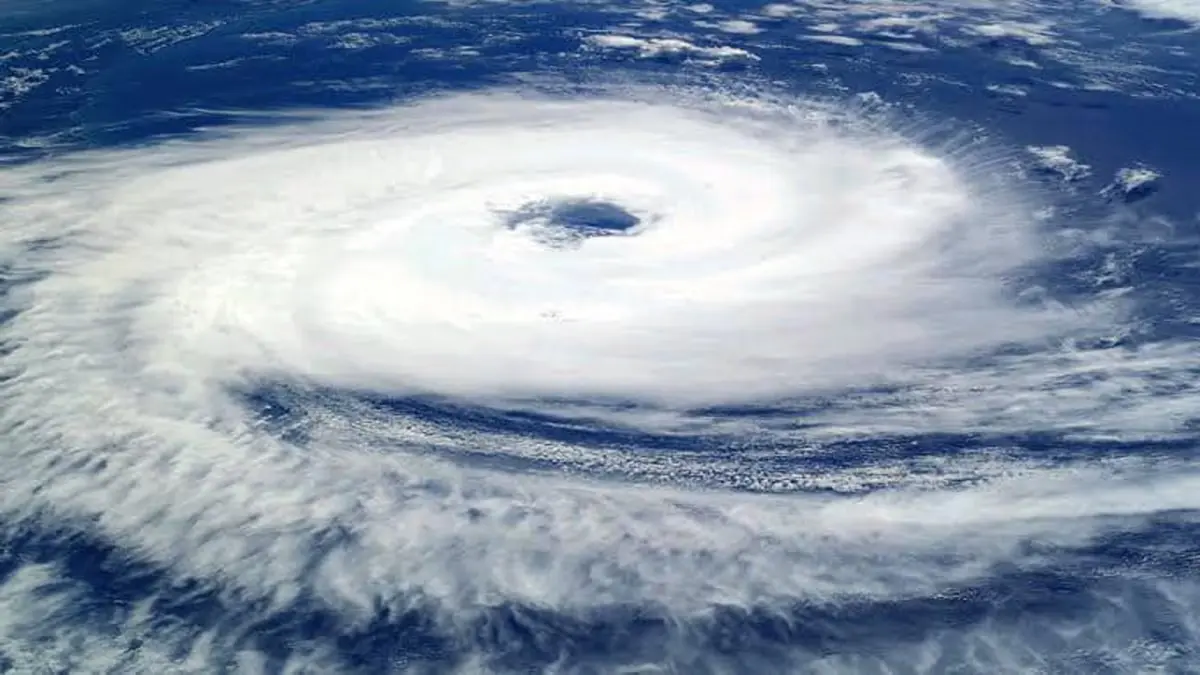The Pakistan Meteorological Department (PMD) has issued the sixth alert regarding Cyclone Asna, which has formed in the northeastern Arabian Sea.
Meanwhile, at least 24 people have reportedly died due to rain and wind-related incidents in the coastal areas of Sindh and Balochistan.
The cyclone has begun moving away and reached a distance of approximately 200 kilometers from Karachi and 180 kilometers from Thatta.
According to the PMD, the storm is also 220 kilometers away from Ormara and 380 kilometers from Gwadar, with the cyclone expected to continue its movement towards the west-northwest before shifting to a west-southwest trajectory.
The storm, which has been intensifying over time, poses a significant threat to coastal regions.
The PMD warns that the cyclone may result in heavy rainfall and thunderstorms across several districts in Sindh, including Karachi, Badin, Thatta, Sujawal, Hyderabad, Tando Mohammad Khan, Tando Allah Yar, Matiari, and Jamshoro.
These areas are likely to experience strong winds reaching speeds of 60 to 70 km/h, with the potential for flooding and other storm-related damages.
In Balochistan, the coastal districts of Hub, Lasbela, Awaran, Kech, and Gwadar are expected to face similar weather conditions until September 1.
The PMD predicts that heavy rainfall could lead to water accumulation in low-lying areas, particularly in the Makran coastal region, raising concerns about flash floods.
Sea conditions are forecasted to remain extremely rough, with wind speeds expected to reach up to 80 km/h.
Due to these hazardous conditions, the PMD has issued a stern warning to fishermen in Sindh and Balochistan, advising them to avoid venturing out to sea until September 1.
The authorities are taking all necessary precautions to safeguard lives and property, with ongoing monitoring by the PMD’s Cyclone Warning Center in Karachi.
PMD Director General Mahr Sahibzad Khan highlighted the rarity of such a cyclone during the monsoon season, noting that the last time a cyclone of this magnitude formed in the Arabian Sea was in 1964.
He mentioned that while the cyclone is likely to head towards Oman, its impact on Pakistan could still be substantial, especially in Balochistan, which is expected to see more intense rainfall than Sindh.
The Chief Meteorologist, Dr. Sardar Sarfaraz, added that while the cyclone’s intensity might not be as severe as initially feared, Saturday would be crucial in determining its impact.
He stated, “The cyclone is directed towards Oman, but we expect it to weaken at sea. However, coastal areas of Balochistan are likely to experience heavier rains compared to Sindh.”
In Sindh, at least nine people lost their lives in rain-related incidents across the districts of Jamshoro, Dadu, and Mirpurkhas.
Over 30 individuals were injured as the downpour caused sewers to overflow, breached dykes, and destroyed numerous mud houses.
In a village in Toba Tek Singh, a man and his sister tragically died, while three other family members were injured when their house roofs collapsed during the heavy rains in the area.
Meanwhile, at least two people were killed in Karachi including a 50-year-old woman, Shamim Bibi, who was killed when a tree fell on her near Baitul Mukarram Mosque on University Road in Gulshan-e-Iqbal.
Another fatality occurred in Korangi’s Sector 51-C, where a 25-year-old man, Muhammad Sameer, was electrocuted while working at home.
In Balochistan, 13 people were swept away by flash floods in the regions of Loralai, Qila Saifullah, Duki, Harnai, and Jhal Magsi.
Officials reported that seven members of a family were carried away by floodwaters in Loralai, but they were rescued after five hours.
In the Alanbar area of Duki, five individuals were swept away while attempting to cross a seasonal stream. Four were rescued, but one remains missing. Another person is also missing in Jhal Magsi after drowning in floodwaters.
12 of a family died when the roof of their home collapsed due to a landslide induced by incessant rainfall in Upper Dir.
Meanwhile, at least 28 people have died this week from rain-related incidents in the Indian state.
Because of the heavy rains battering the coastal areas along the Arabian Sea in Pakistan, and triggering floods in cities in India’s Gujarat state forced thousands of people from their homes.




